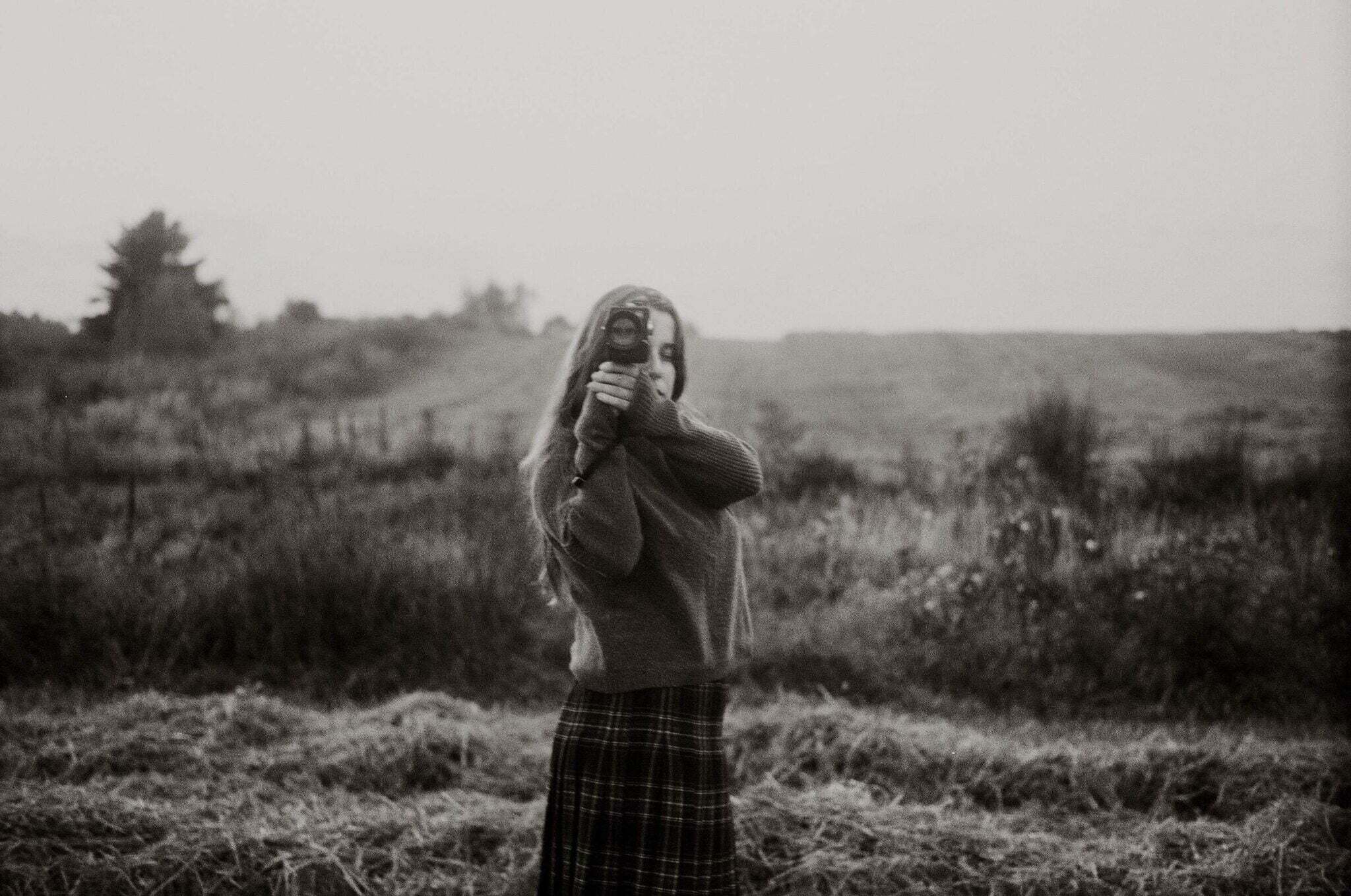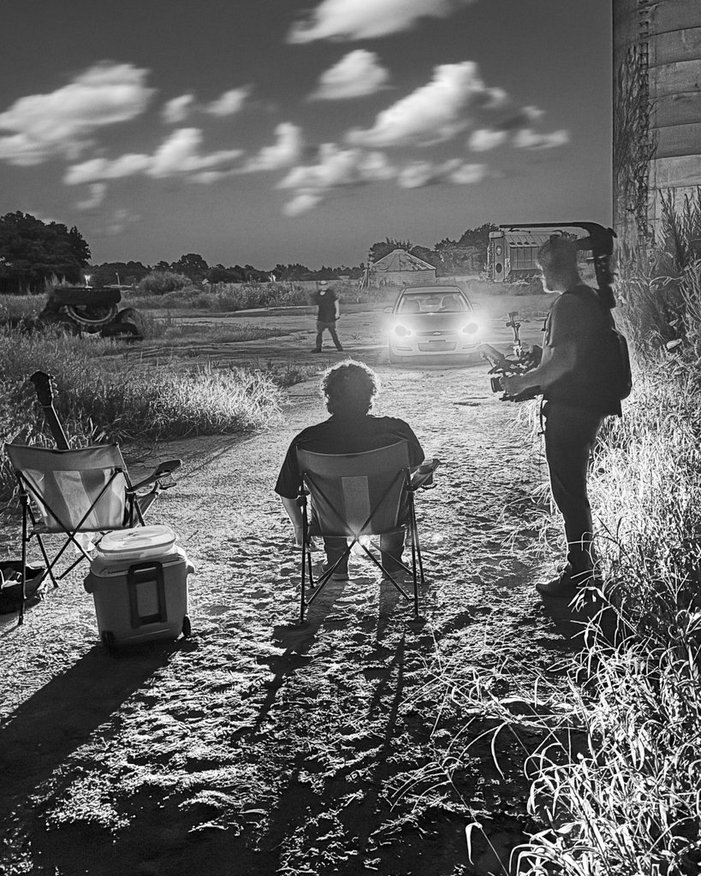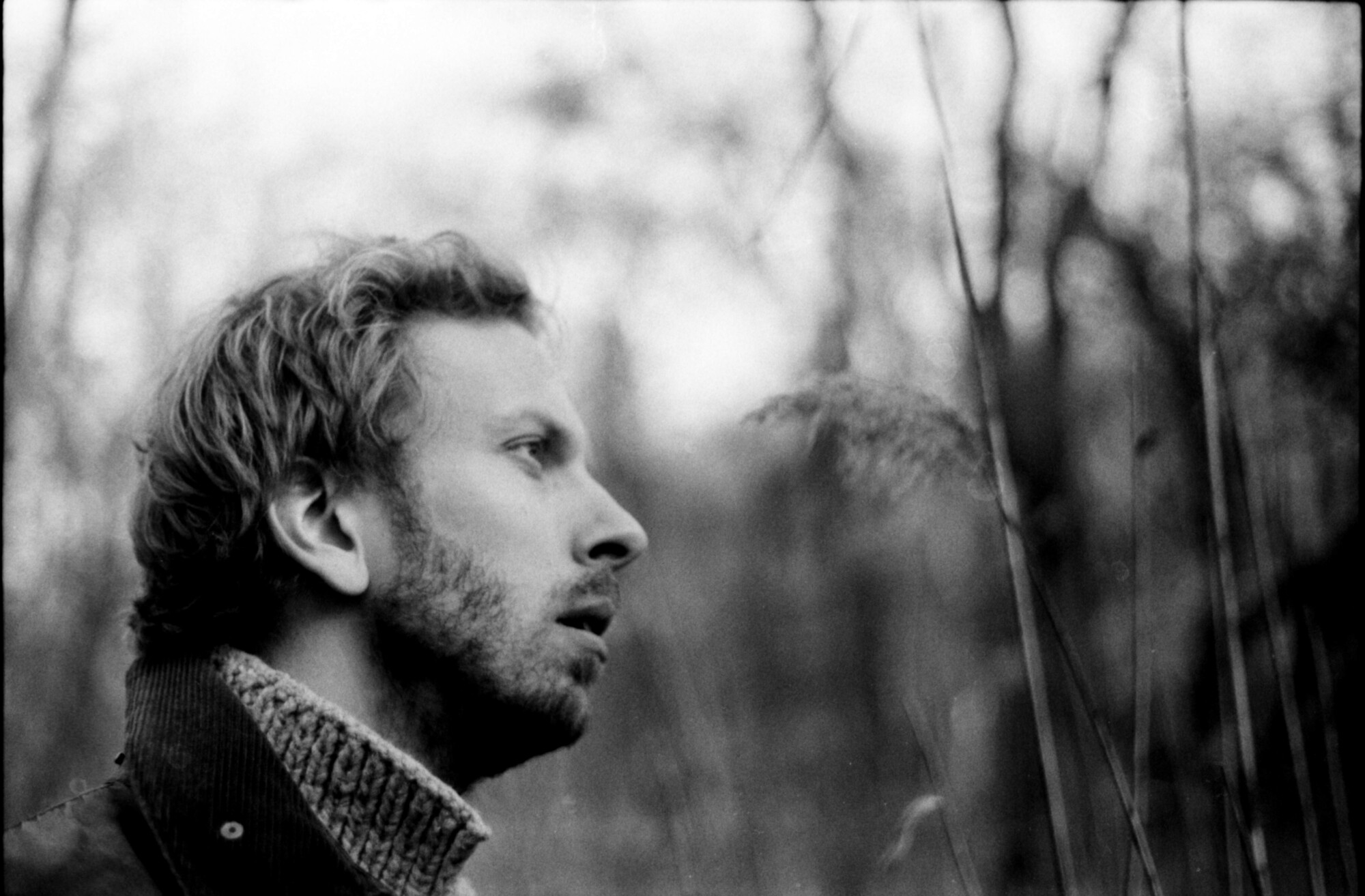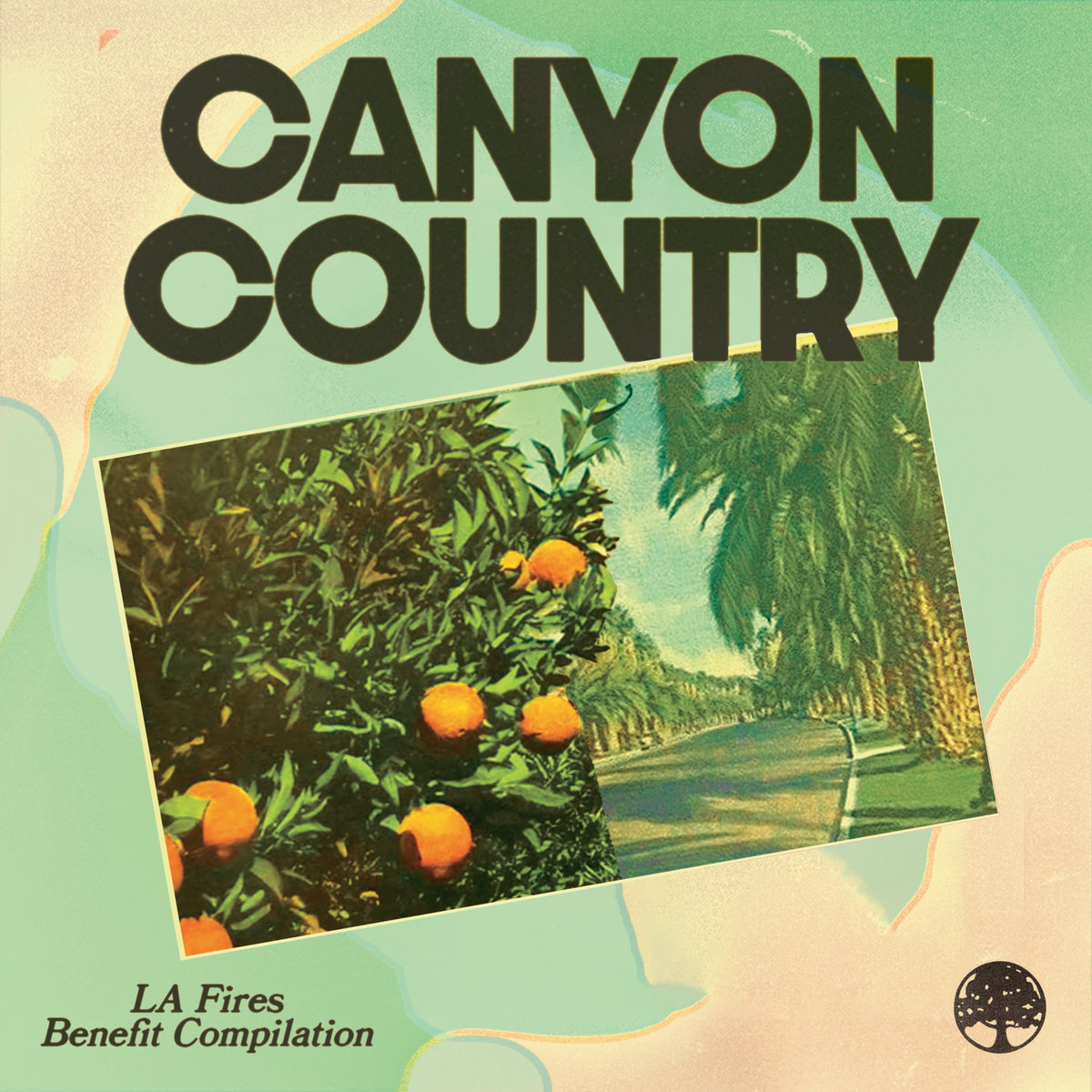N NAO | Interview | New Album, ‘Miroir’
N NAO’s ‘Miroir’ is a dreamlike EP exploring themes of witchcraft, secrecy, and spirals.
This EP, a tapestry woven from three years of spontaneous improvisations, showcases the sonic alchemy achieved in collaboration with Sylvain Deschamps (known for his work with Klô Pelgag and Flore Laurentienne). Miroir unfolds like a whimsical odyssey, where the boundaries between reverie and reality blur, inviting listeners to explore the subtleties of the subconscious. Each piece reflects the others, creating a cohesive journey.
“This intuitive process is based on the collage of superimposed improvisations”
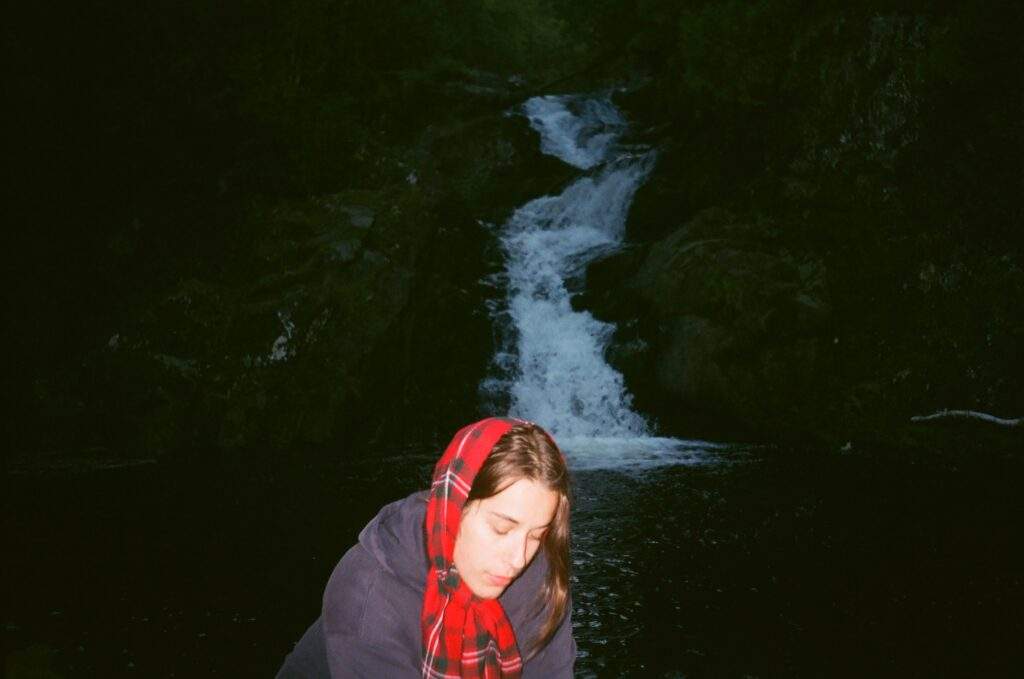
‘Miroir’ seems to be a multifaceted journey, spanning three years and exploring themes of witchcraft, secrecy, and spirals. What sparked the initial inspiration for this project, and how did it evolve over time?
Naomie de Lorimier: When I first came into contact with the work of Cuban-American artist Ana Mendieta, I was completely transfixed. I felt that her work transcended time and that I was meeting a sister. I started to research ecofeminism and witchcraft deeply, discovering in the process my own powers and those of my witch friends. We started our coven and began making intentional rituals. It really changed the way I see my practice as a healing process now. The text of the title song is quite a literal description of my observations of Mendieta’s videos for homework back then in art school. Because it’s Super 8 footage, one can imagine that I’m reflecting on the camera mirror. I didn’t notice it at the time; it was more an emotional and spontaneous writing. ‘Miroir’ is a song about video and its magical possibilities, appearance, and disappearance. The artist’s aura is preserved even after their death.
The EP features a collaborative effort with Sylvain Deschamps, known for his work with Klô Pelgag and Flore Laurentienne. How did this partnership come about, and what was it like working alongside such an accomplished producer?
I met him for the first time at a festival in the woods; he made a quadraphonic immersive performance with modular synths, and we (my band and I) really enjoyed it. Later, through Klô, we met and played together on stage. I also remember that he came to see us play at Ursa a few years ago. After the concert, he wrote to me: “I went home like an ornithologist moved by the all-too-brief spectacle of the flight of the rarest of birds.” We began to work on Miroir shortly afterward; I felt I could trust him. Ultimately, we developed a relationship of trust over our time in the studio. We had many conversations about music and shared the same vision. We did a lot of exploring, and when I had a crazy idea, Sylvain was the first to want to try it out and make it happen, no matter how long it took and with all the patience in the world.
Your creative process appears to be deeply intuitive, incorporating elements of improvisation and experimentation. Can you walk us through how a typical recording session unfolds for you, particularly in capturing the essence of spontaneity?
This intuitive process is based on the collage of superimposed improvisations, as rocks are created, layer by layer, over time. The first layer was the piano improvisation I recorded at home for a DJ set. I first wanted to sample some chords to put on a dance beat, but I ended up liking the piece as a whole. I randomly added outtakes of ‘L’eau et les rêves’ to the piece, and I found it worked in a touching way. I then followed this intuitive journey, writing some of the parts live, like the vocal melodies and the ethereal rhythms, improvising at our shows with my tour companions, Charles and Sam. We recorded with Sylvain at his studio various digital keyboards and percussion: synths, bass, marimba, vibraphone. Months later, when we had finished mixing the central piece, I had the idea of using Miroir as a springboard for further explorations and recuperations of motifs in different forms for the next two pieces. I then recorded several instrumental improvisations at the cottage during winter, each time with another Proteus 2000 patch, which ended up being this maze-like piece that I put together at the very end of the process.
‘Miroir’ is described as a playful escapade where daydreaming intersects with subtle subliminal hallucinations. How do you balance these seemingly contradictory elements within your music, and what do you hope listeners will take away from this unique auditory experience?
In the studio, we talked a lot about the principle of ludicité/playfulness in music, which was the driving force of the EP. I don’t know if it is because I am a hypersensitive being, but these extremes that I like to assemble together are really the reflection of how I experience life on a daily basis! (laughs) I would say that these contradictory elements in my music actually feel quite natural to me.
The EP’s artwork, featuring a photo by Léa Taillefer and graphic design by Juliette Dupont, adds another layer of depth to the project. How does visual art influence your music, and what significance does the imagery hold in relation to the sonic landscape you’ve created?
A bit like when I was mentioning Mendieta’s work, other art forms are my main source of inspiration for music composition and writing. Especially with Miroir, which is about video cameras as magical tools, I really wanted to collaborate with Léa, who is a wizard with these magical objects. We also made this video together, ending up filming each other, which for me was the full-circle moment.
Collaboration appears to be a central theme in ‘Miroir,’ with contributions from Charles Marsolais-Ricard, Samuel Gougoux, and Simone Provencher. How did these collaborations shape the final outcome of the EP, and what insights did your fellow artists bring to the table?
I have the impression that they bring their freedom. This free and sensitive way of playing music. These are musicians who have a background in experimental and improvised music in their respective practices, which makes them quite resourceful within the sessions we had. One session was with Charles and Sam recording drums and electronic drums simultaneously at Sylvain’s studio, and the other was a correspondence with Simone, who sent me processed piano and guitar for ‘Miroir II.’
As we anticipate the release of ‘Miroir,’ what’s next on the horizon for N NAO? Are there any upcoming projects or collaborations that you’re particularly excited about sharing with your audience?
We are working on new music right now, and it is pretty exciting. I’m writing to you from Berlin, where I’m going to do a concert tomorrow. I did my first concert in Paris this month too. I also just returned from a residency in the French countryside, where I recorded and sang in a chapel for a whole week—heavenly experience, I would say. For this new album, I am returning to the core of the project, which is based on vocal loops and stripped-down arrangements. I will also work with a new collaborator on visuals, the artist Charline Dally, in addition to Juliette Dupont, which is pretty exciting too.
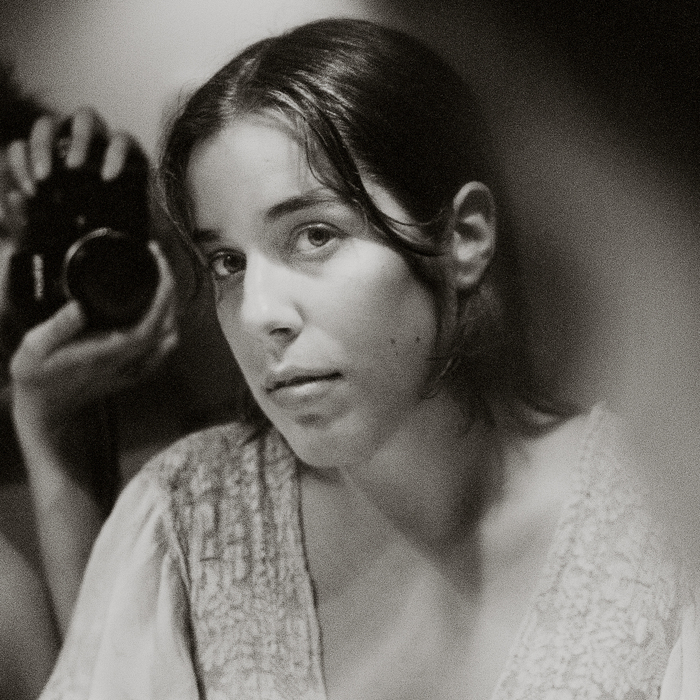
Let’s end this interview with some of your favorite albums. Have you found something new lately that you would like to recommend to our readers?
I found some tapes in the old convent where I did my residency last week, so this is the first thing that came to my mind! One is Messiaen’s ‘Quatuor pour la fin des temps,’ and the other is Purcell’s O Solitude, which I listen to on repeat, trying to unravel the mystery of its voice melody. The text is pretty appropriate for this solo tour (laughs). I like to listen to cassettes when I walk in the cities where I travel, away from my smartphone.
Klemen Breznikar
Headline photo: Léa Taillefer
N NAO Facebook / Instagram / Bandcamp / YouTube
Mothland Official Website / Facebook / Instagram / Twitter / Bandcamp / YouTube
‘Fin du monde’ by N NAO | New Album, ‘L’eau et les rêves’

